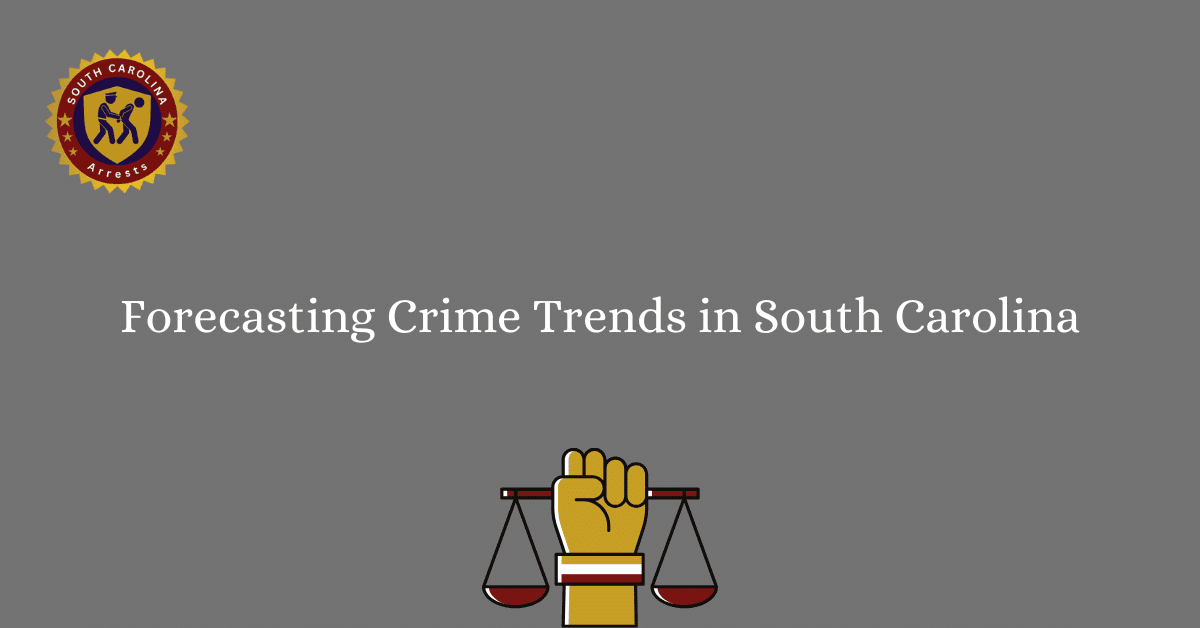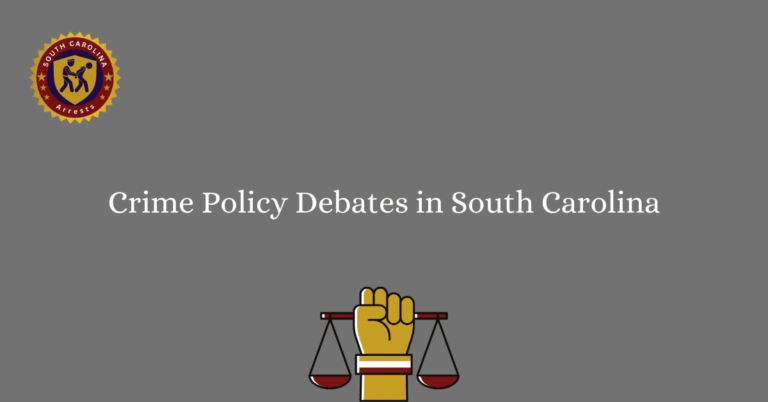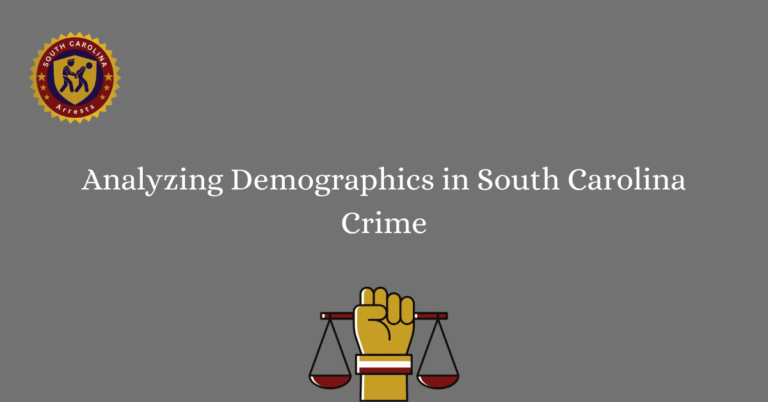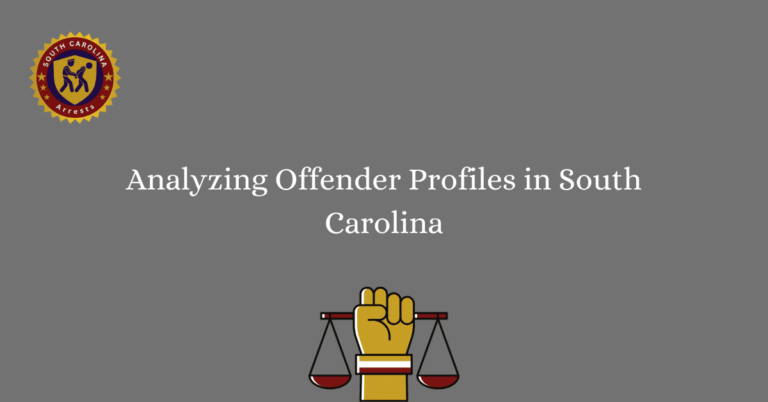Forecasting Crime Trends in South Carolina
Forecasting Crime Trends in SC is crucial for law enforcement agencies and policymakers to proactively address potential issues and allocate resources effectively. By analyzing historical data, patterns, and socio-economic factors, experts can identify emerging trends and develop strategies to prevent and combat crime in the state. Understanding these trends can help authorities implement targeted interventions and enhance public safety measures.
Through advanced data analysis and collaboration between various agencies, forecasting crime trends in SC can lead to more efficient law enforcement practices and community engagement. By staying ahead of criminal activities, law enforcement can better protect residents and businesses, ultimately creating a safer environment for all. This proactive approach to crime prevention is essential in ensuring the well-being and security of South Carolina’s residents.
Crime Trends in South Carolina
Crime trends in South Carolina have been a topic of interest for both law enforcement agencies and researchers alike. By analyzing various factors that influence criminal activities in the state, we can gain a better understanding of how to combat and prevent crime effectively.
Factors Influencing Criminal Activities in SC
Several factors contribute to the high crime rates in South Carolina. These include demographic analysis, economic influences, and the impact of drug use on crime rates. By examining these factors closely, we can identify the root causes of criminal behavior and work towards solutions to address them.
Demographic Analysis of Crime Trends
The demographic analysis of crime trends in South Carolina reveals interesting patterns. Factors such as age, gender, and socio-economic status play a significant role in determining who is more likely to engage in criminal activities. Understanding these demographics can help law enforcement agencies target their efforts more effectively.
Economic Influences on Criminal Behavior
Economic factors, such as poverty and unemployment, have been linked to higher crime rates in South Carolina. Individuals facing financial hardships may turn to crime as a means of survival. By addressing economic disparities and providing opportunities for employment, we can reduce the likelihood of criminal behavior.
Impact of Drug Use on Crime Rates
Drug use is a major contributing factor to crime rates in South Carolina. The illegal drug trade fuels criminal activities such as theft, violence, and gang-related crimes. By implementing strategies to address drug addiction and trafficking, we can make significant strides in reducing overall crime rates.
Historical Data Analysis for Crime Forecasting
Historical data analysis plays a crucial role in forecasting crime trends in South Carolina. By reviewing past crime trends and identifying patterns, law enforcement agencies can make informed decisions about resource allocation and crime prevention strategies.
Reviewing Past Crime Trends in SC
Looking back at historical crime data in South Carolina, we can see how crime rates have fluctuated over the years. By analyzing these trends, researchers can identify factors that contribute to spikes in criminal activities and develop targeted interventions to address them.
Identifying Patterns for Future Projections
By identifying patterns in past crime trends, predictive analysis can be used to forecast future crime rates in South Carolina. This information can help law enforcement agencies allocate resources effectively and implement proactive measures to prevent crime before it occurs.
Community Engagement for Crime Prevention
Community engagement is essential for preventing crime in South Carolina. By fostering collaborative efforts for safer neighborhoods and engaging residents in crime prevention initiatives, we can create a strong network of support to deter criminal activities.
Collaborative Efforts for Safer Neighborhoods
Building partnerships between law enforcement agencies, community organizations, and residents is key to creating safer neighborhoods in South Carolina. By working together to address root causes of crime and implement preventative measures, we can make our communities more resilient to criminal activities.
Engaging Residents in Crime Prevention Initiatives
Empowering residents to take an active role in crime prevention is crucial for creating a safer environment in South Carolina. By providing education, resources, and support, we can equip individuals with the tools they need to protect themselves and their communities from criminal activities.
Frequently Asked Questions
Our goal is to provide you with all the information you need about Forecasting Crime Trends in SC. Below are some commonly asked questions to help you better understand this topic.
What is crime trend forecasting?
Crime trend forecasting is the process of using data and statistical analysis to predict future crime patterns and trends. It helps law enforcement agencies allocate resources effectively and proactively prevent crime.
Why is forecasting crime trends important in South Carolina?
Forecasting crime trends in South Carolina is crucial for law enforcement agencies to develop strategies to reduce crime rates, allocate resources efficiently, and enhance public safety. By predicting where and when crimes are likely to occur, authorities can take proactive measures to prevent them.
What data is used for crime trend forecasting in SC?
Law enforcement agencies in South Carolina use a variety of data sources for crime trend forecasting, including historical crime data, demographic information, socioeconomic factors, and geographic patterns. By analyzing these data sets, agencies can identify correlations and trends that help predict future crime patterns.
How accurate are crime trend forecasts in SC?
The accuracy of crime trend forecasts in South Carolina can vary depending on the quality of data, the sophistication of the analytical methods used, and external factors that may influence crime patterns. While forecasts can provide valuable insights, they are not always 100% accurate and should be used as a tool to guide decision-making rather than as a definitive prediction.
What are some challenges in forecasting crime trends in SC?
Challenges in forecasting crime trends in South Carolina include data quality issues, limited resources for data collection and analysis, evolving criminal tactics, and the complexity of social and economic factors that influence crime rates. Overcoming these challenges requires collaboration between law enforcement agencies, researchers, and policymakers to improve forecasting methods and strategies.
How can individuals contribute to improving crime trend forecasting in SC?
Individuals can contribute to improving crime trend forecasting in South Carolina by reporting suspicious activities to law enforcement, participating in community crime prevention programs, and staying informed about local crime trends. By working together with law enforcement agencies and community organizations, individuals can help create safer communities and enhance the effectiveness of crime prevention efforts.







